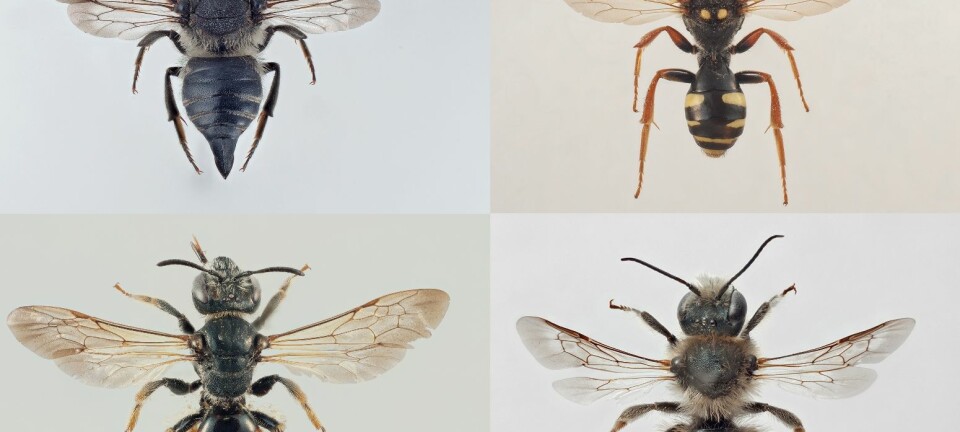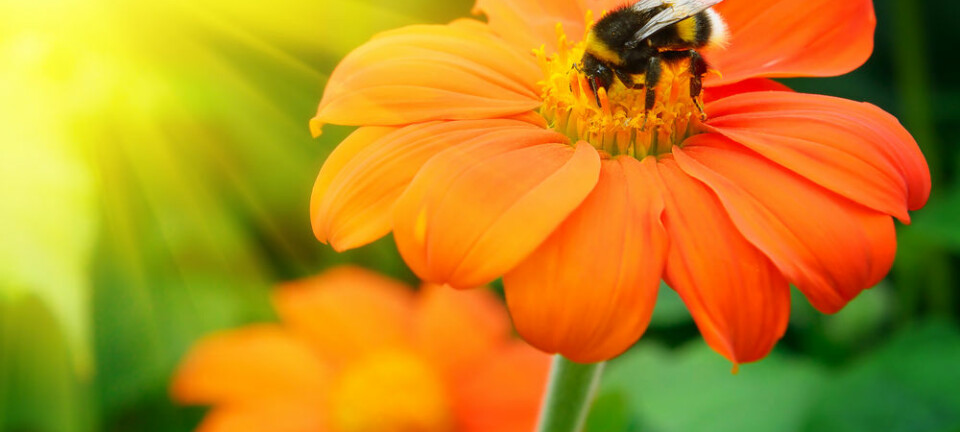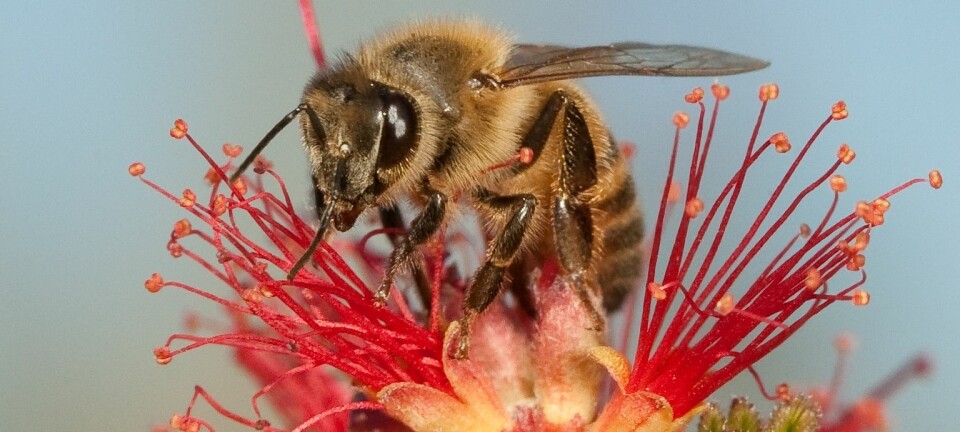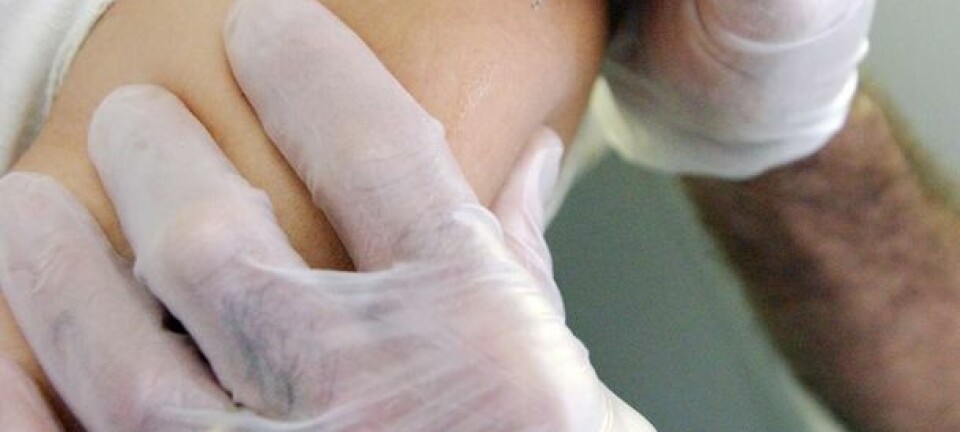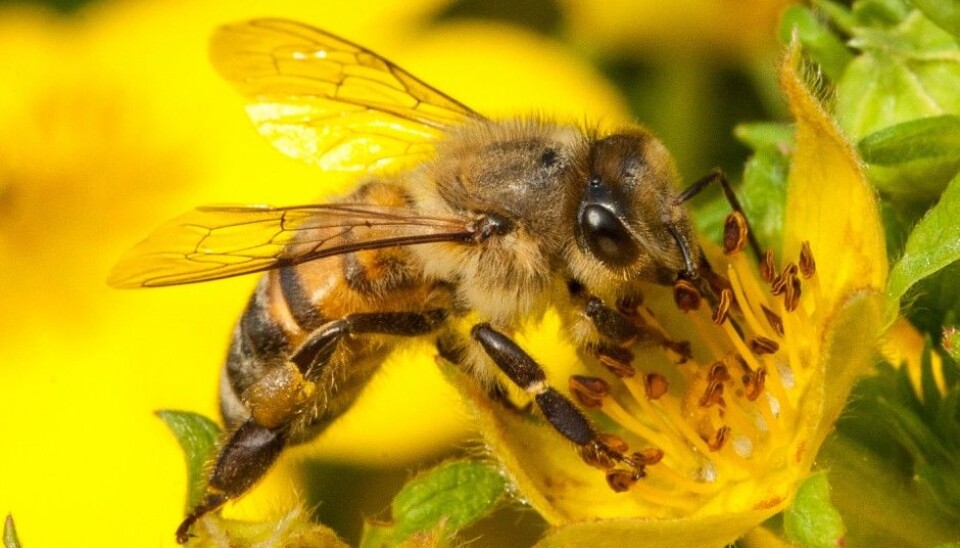
Discovery could yield bee vaccine
A team of scientists has found out how bees protect their young against diseases. “This could be tremendous,” says a Norwegian participant in the project.
Denne artikkelen er over ti år gammel og kan inneholde utdatert informasjon.
Bees are in serious trouble. For years we have read reports that bee populations are nosediving globally. This is really worrisome, particularly as the pollination job these insects perform is crucial to much of the world’s food production.
No clear causes have been found for their deaths, but diseases, parasites and pesticides have all been blamed. The mass deaths are most likely triggered by a combination of factors.
One international team of scientists has been investigating how bees ward off disease. The results show that bee larvae get the equivalent of a vaccine from the queen bee. It protects them against diseases found in their territory.
Despite such natural immunisation, bees are vulnerable to diseases which are new or foreign to their environment – ones which they haven’t been exposed to as eggs and larvae in the hive.

Gro Amdam is a member of the team of scientists behind the discovery and they are now working on the next step. They hope to use their discovery to develop a kind of vaccine which can help bee colonies against harmful diseases that they are currently unprotected against.
Their research has been published in the journal PLOS Pathology.
Inborn protection
Diseases lurk everywhere. In our own species they especially pose a threat for new-born babies who have just seen the light of day. Just after leaving the protective womb, infants lack immunity against infections from an array of harmful – pathogenic – microbes.
But evolution has its mechanisms for achieving solutions so that infants are protected. We inherit antibodies from our mothers and these provide some protection against disease, at least in the first month. This is called passive immunity.
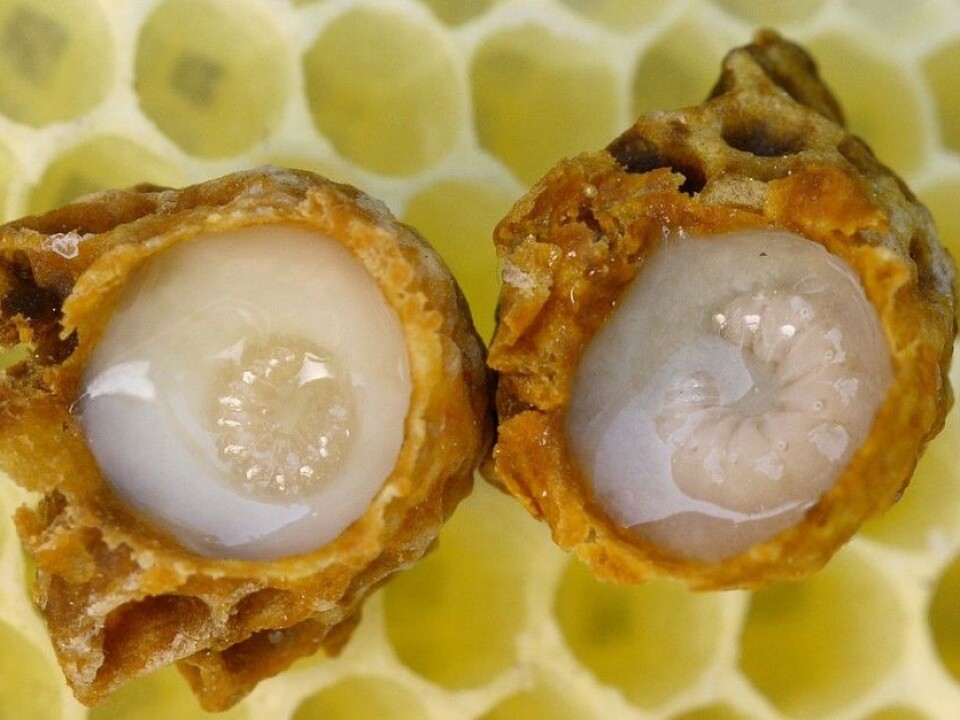
The human immune system has an immunological memory, enabling it to recognise earlier infections. The body learns to create antibodies that are successful in fighting specific microbes and shield us from the diseases they cause.
This is also the way vaccines work. We get less seriously sick, or better yet – not sick at all, when infected by a disease that we have already experienced or have been vaccinated against.
It has been assumed that insects lack this innate protection which we and many other animals have. Invertebrates such as insects have immune systems, but they are built in from birth and they cannot learn new immunological tricks later in life.
As the researchers point out in their study: “Insects also lack antibodies, carriers of immunological memory that vertebrate mothers can transfer to their offspring”.
“But a couple of years ago something new turned up,” says Gro Amdam, a biology professor at Arizona State University. She’s a member of the research team behind the breakthrough.
Some insects are actually born with an enhanced ability to deal with specific diseases.
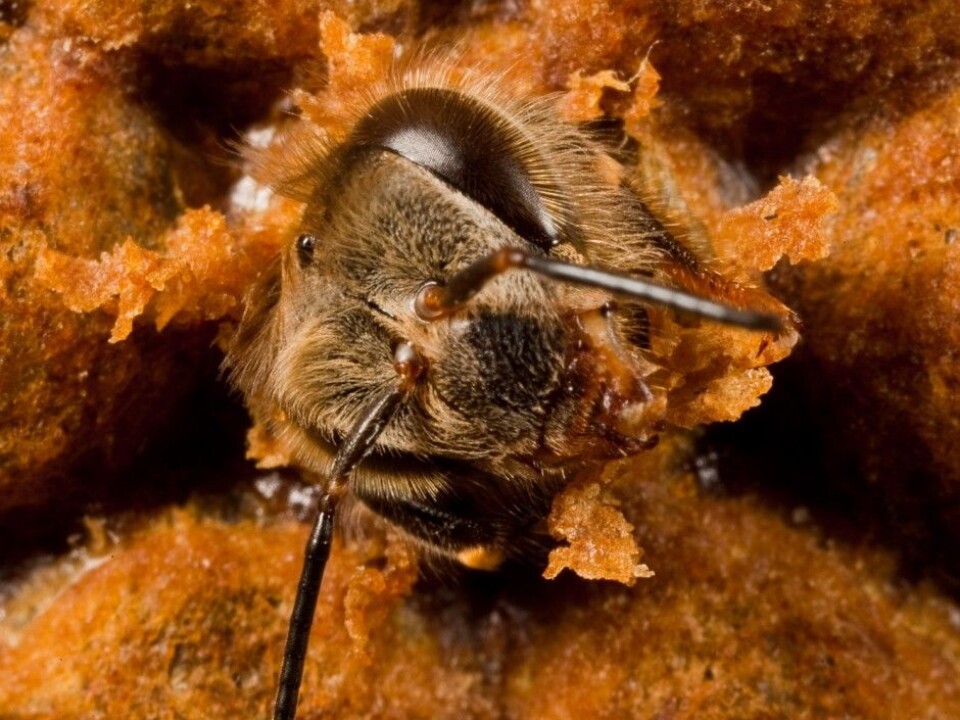
“We haven’t understood why this is. A mother insect which is exposed to an infection produces new insects that can cope better with the infection,” says Amdam.
She and her colleagues think they have found the answer to how immunity to a disease is transferred from a queen bee to new generations.
Yolk protein
“It’s actually quite like the vaccines we take,” says Amdam.
When bees fly around collecting pollen and nectar they pick up harmful bacteria and other pathogens.

They return to the honeybee colony with their loads so that sterile females called worker bees can turn pollen and nectar into food for the larvae and the queen. This food is a secretion called royal jelly. It is a thick, milky white liquid.
Bacteria are along for the ride and are found in this food and get digested by the queen. Bacteria fragments make it into the queen bee’s bloodstream and bind with a protein called vitellogenin.
Vitellogenin is a key protein for the development of egg yolks and the researchers have found that the protein carries small bits of the pathogens into new eggs.
These eggs develop into new bees which have been thusly exposed to pathogenic bacteria. So their immune system is prepared to tackle a potentially harmful infection from these microbes.
Amdam and her colleagues’ research uncovered the role vitellogenin plays in this process.
Sticky protein
“Vitellogenin has been disregarded as a rather boring protein egg yolk precursor which gets into the egg and becomes food. But it is actually a very surprising protein,” says Amdam.
“It’s a sticky protein, but it doesn’t cling to just anything. It has a predilection for adhering to disease bacteria which can infect bees.”
The researchers investigated whether the protein would stick to a number of different pathogenic bacteria, but it only clung to the ones causing bee diseases.
Their research also involved a study of honeybee queen ovaries. They found that vitellogenin from bees was the only protein that carried bacteria fragments into bee eggs.
But this natural vaccination programme has its limitations. The new bees only get immunised against diseases found in their environment, within the territory covered by the gatherers, as this is where the disease they would normally be exposed to comes from.
If the bees are exposed to new and foreign diseases they can quickly fall ill. The disease will soon spread through the colony, leading to mass deaths.
Vaccines for bees
So vaccines might help prevent the decline of bee populations.
Amdam says that the process of developing a test vaccine has now started. This will act as a basis for developing viable vaccines against bee diseases, including the widespread and destructive American foulbrood disease. This is a disease that attacks larvae – developing as bacterial spores germinate in the larval gut.
“It’s complicated work developing a good vaccine and we are trying to make an edible vaccine for the bees. The consistency is like a soft cheese spread. Bees love semisolid food.”
The vaccine contains small bacteria fragments. Eventually some of these fragments end up in queen bee and the immunisation is spread to the next generation.
The scientists have patented their technique of using vitellogenin to make vaccines.
“This has an enormous potential,” says Amdam.
This research project has concentrated on the immune system of bees, but vitellogenin is found in nearly all species that lay eggs.
With that in mind, the scientists hope the acquired knowledge can also be used to develop vaccines for many different invertebrate species which cannot produce antibodies, such as molluscs and crustaceans.
-----------------------------------
Read the Norwegian version of this article at forskning.no
Translated by: Glenn Ostling







